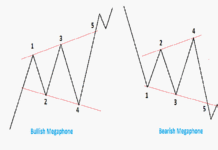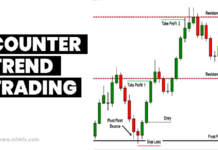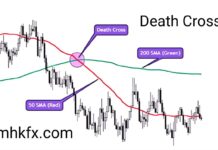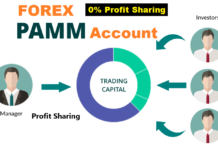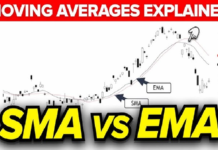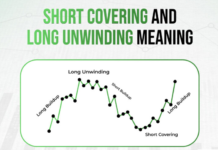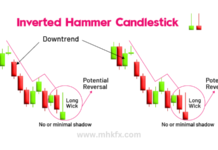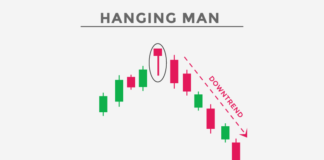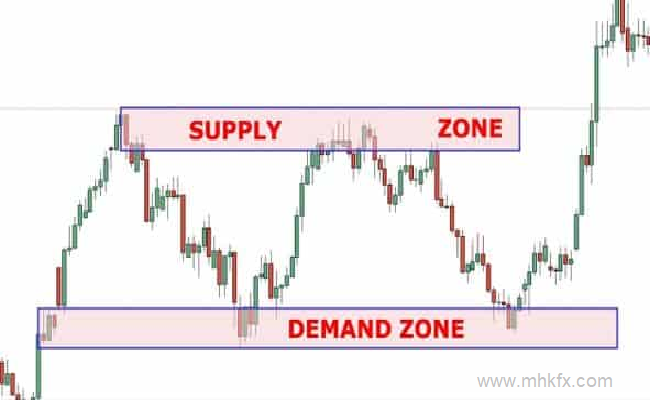
In trading, the concepts of supply and demand are fundamental economic forces that shape market prices. For day traders and swing traders alike, recognizing and leveraging these zones can provide a critical edge. Understanding where buyers and sellers cluster can help predict market reversals, trend continuations, and periods of consolidation. Here’s a deeper dive into how supply and demand zones impact market movements and how to master this powerful tool in your trading strategy.
What are Supply and Demand Zones?
Supply Zones represent areas where selling interest overwhelms buying interest, causing prices to decline. This zone is formed when the market experiences a significant selling reaction. Typically, supply zones are found at the peaks of market rallies.
Demand Zones indicate areas where buying pressure surpasses selling interest, leading to price increases. These zones are formed at the base of significant market moves upward, signaling areas of strong buying support.
By identifying these zones, traders can better anticipate where market participants are likely to step in and influence price movement.
The Role of Supply and Demand Zones in Day Trading and Swing Trading
- Identifying Potential Market Reversals
Supply and demand zones are often used to spot potential market reversals. When prices approach these zones, traders watch closely for signs of rejection or confirmation of a reversal. For example, if prices approach a known demand zone and volume increases, followed by bullish price action, traders may see this as a strong buy signal.
- Risk Management
One of the main advantages of trading around supply and demand zones is improved risk management. By placing stop-loss orders just beyond these zones, traders can define their risk more effectively. For instance, if a trader enters a buy position near a demand zone, a stop-loss can be placed just below that zone in case the market breaks through it, indicating that buying interest may have dried up. - Trend Continuations
Supply and demand zones are not solely reversal indicators; they can also point to potential trend continuations. When a market breaks through a supply zone and turns it into support, the former ceiling can become the new floor. Traders look for these “break-and-retest” scenarios, using them as opportunities to enter trending markets with favorable risk-to-reward ratios. - Enhancing Entry and Exit Precision
Successful day and swing trading relies on precise entries and exits. By identifying key supply and demand zones, traders can enter trades closer to turning points with minimal risk. They can also choose to exit trades near these zones to lock in profits or limit losses, as these zones often act as barriers that temporarily slow down or reverse price movements.
Practical Steps to Mastering Supply and Demand Trading
- Spot the Zones on Higher Timeframes
For better context and accuracy, start by identifying major supply and demand zones on higher timeframes (e.g., daily or weekly charts). These zones represent broader market sentiment and often carry more weight. Once identified, you can zoom into lower timeframes to fine-tune your entry and exit points. - Watch for Sharp Moves
Supply and demand zones are typically formed after sharp price movements (either up or down). These areas reflect high trading activity that created an imbalance, which can be retested in the future. - Combine with Price Action and Indicators
To increase the probability of a successful trade, consider using additional price action tools such as candlestick patterns, trendlines, and volume indicators. This helps confirm the strength of a supply or demand zone and adds more conviction to your trades. - Use Stop-Loss Orders Wisely
Placing your stop-loss orders just beyond a supply or demand zone helps protect your trades if the market moves against you. Keep in mind that no strategy is foolproof, so risk management is key to staying in the game. - Be Patient and Disciplined
Not every supply or demand zone will work out as expected, and not every trade will be profitable. The key to mastering these zones lies in consistent practice, patience, and a disciplined approach to risk and trade management.
Real-World Examples of Supply and Demand Zones
Consider a scenario where a major tech stock rallies from $150 to $200 in a short period, with $200 forming a strong supply zone due to heavy selling interest at that level. As the stock approaches $200 again, traders may anticipate another potential price rejection, setting up short positions with a tight stop-loss above the zone. Alternatively, if the price breaks through $200 convincingly, this resistance level may turn into a demand zone, attracting buyers.
Conclusion
Mastering supply and demand zones can dramatically improve your trading results by helping you better understand market structure, identify high-probability entry points, and manage risk effectively. While no method guarantees success, integrating these zones into your trading toolkit empowers you to make more informed decisions. As with any strategy, consistent practice, learning from mistakes, and remaining flexible in ever-changing market conditions will set you on the path to trading success.
Click to Sign Up with Fusion Markets
Related Post:
Commodity Trading : Blockchain and AI Transforming the Industry

